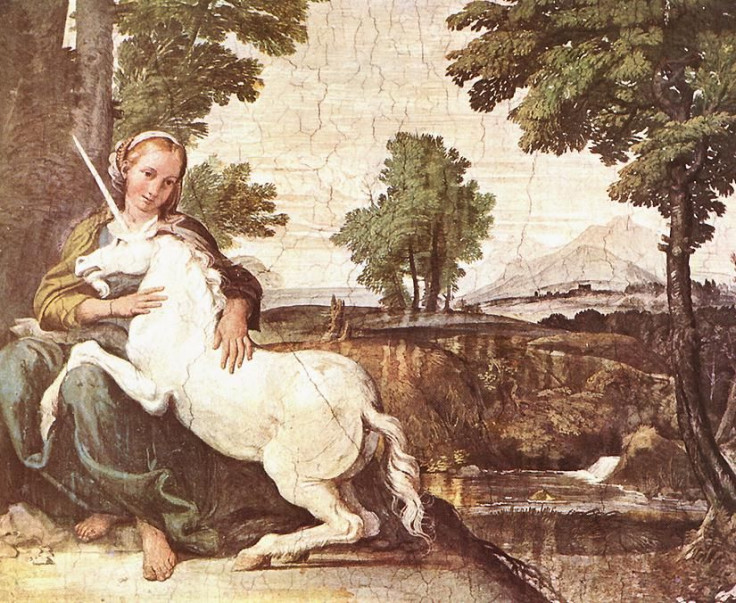Are Unicorns Real? Roe Deer With Rare Deformity Resembles Legendary Animal [PHOTO]

A creature recently found in southern Europe looks in many ways like the unicorns depicted in medieval tapestries and European folklore, with four legs, a flat, long face, and a single horn protruding from between its ears. Had the elusive unicorn – the fixation of countless Scottish kings and English knights – finally been found?
Not exactly. The real-life “unicorn” recently discovered in Slovenia was actually a roe deer with a rare deformity that caused it to grow one horn in the middle of its forehead. The single horn was thought to be caused by an injury earlier in the deer’s development, according to National Geographic. A hunter reportedly shot and killed the abnormal roe deer in August.
Despite the deer having been exposed as an imposter, scientists said they had never seen anything like it. "In this species, only males grow antlers, which are bilateral and usually symmetrical bone structures that appear from two antler pedicles, i.e. extensions of the skull," Boštjan Pokorny, a scientists who , told National Geographic. "However, in the case of this very untypical and interesting buck, both pedicles, which should be separated, grew up together in one large pedicle."
Unicorn killed in Slovenia. http://t.co/VEMT4ul6Ys pic.twitter.com/VV8MVlk0P9
— Boing Boing (@BoingBoing) November 14, 2014Scientists said the kind of injury that led to the deer’s unicorn-like horn is actually fairly common, but that this one was particularly unusual.
Roe deer are widespread throughout Europe and parts of Asia. They are relatively small with short antlers and reddish bodies and live in woods, grasslands and sparse forests. They feed mainly on grass, berries and leaves.
For centuries, people have pondered the existence of a horse-like species with a single, large horn. Medieval Europeans who encountered the tusks of Narwhals thought they were coming across the horns of unicorns. The Arctic whale’s spiral tusks were collected from beaches all over northern Europe and were sold in markets.
© Copyright IBTimes 2024. All rights reserved.






















